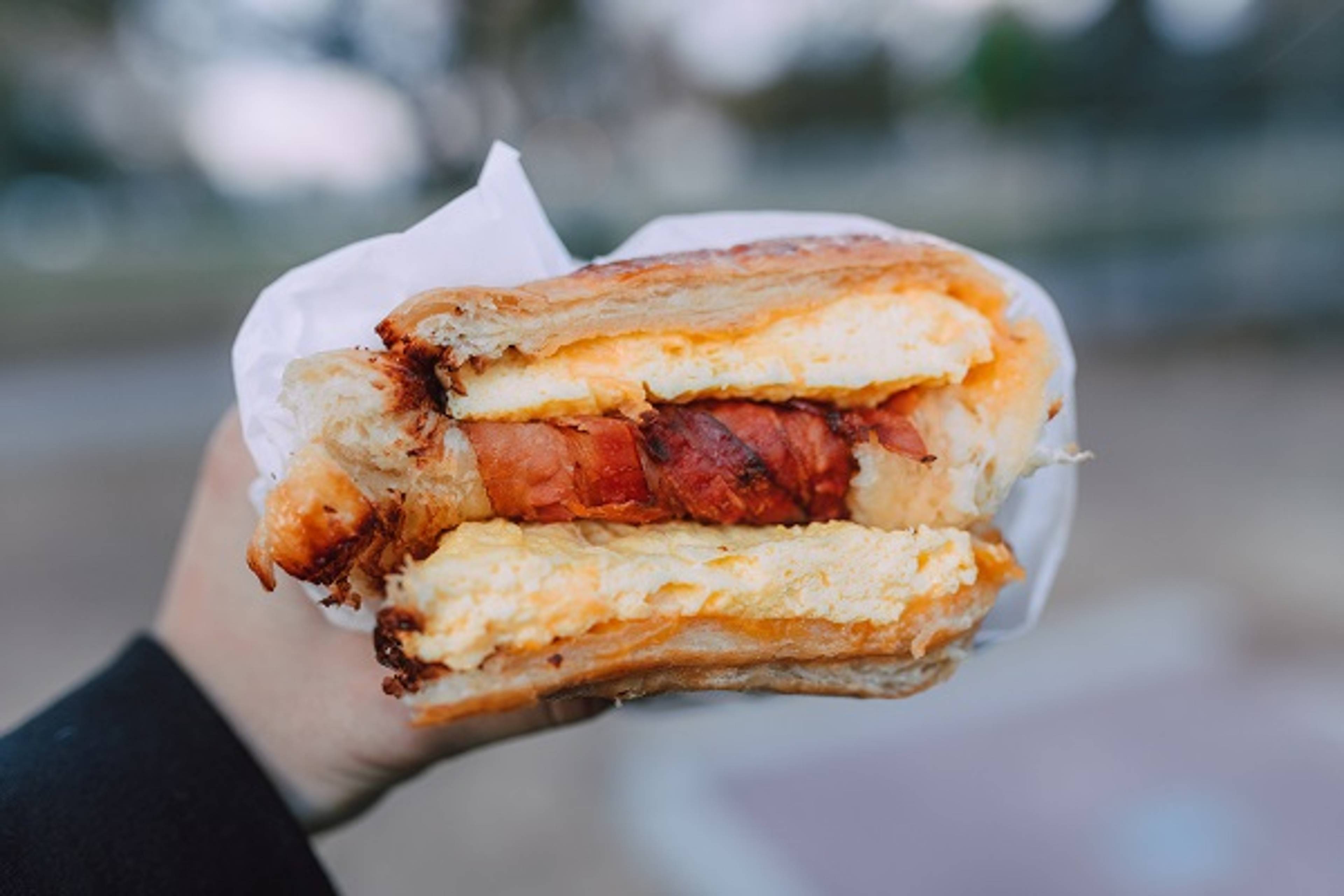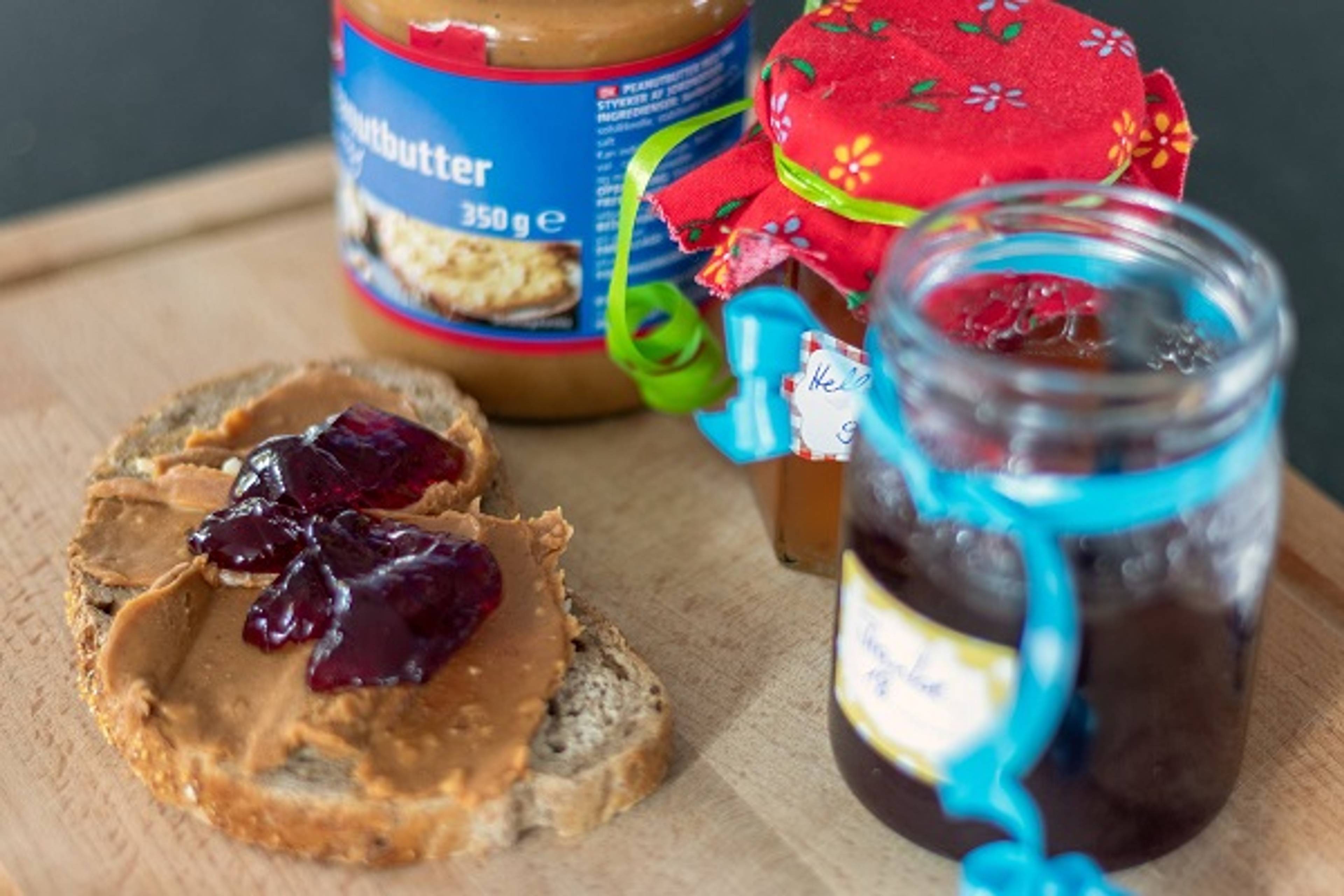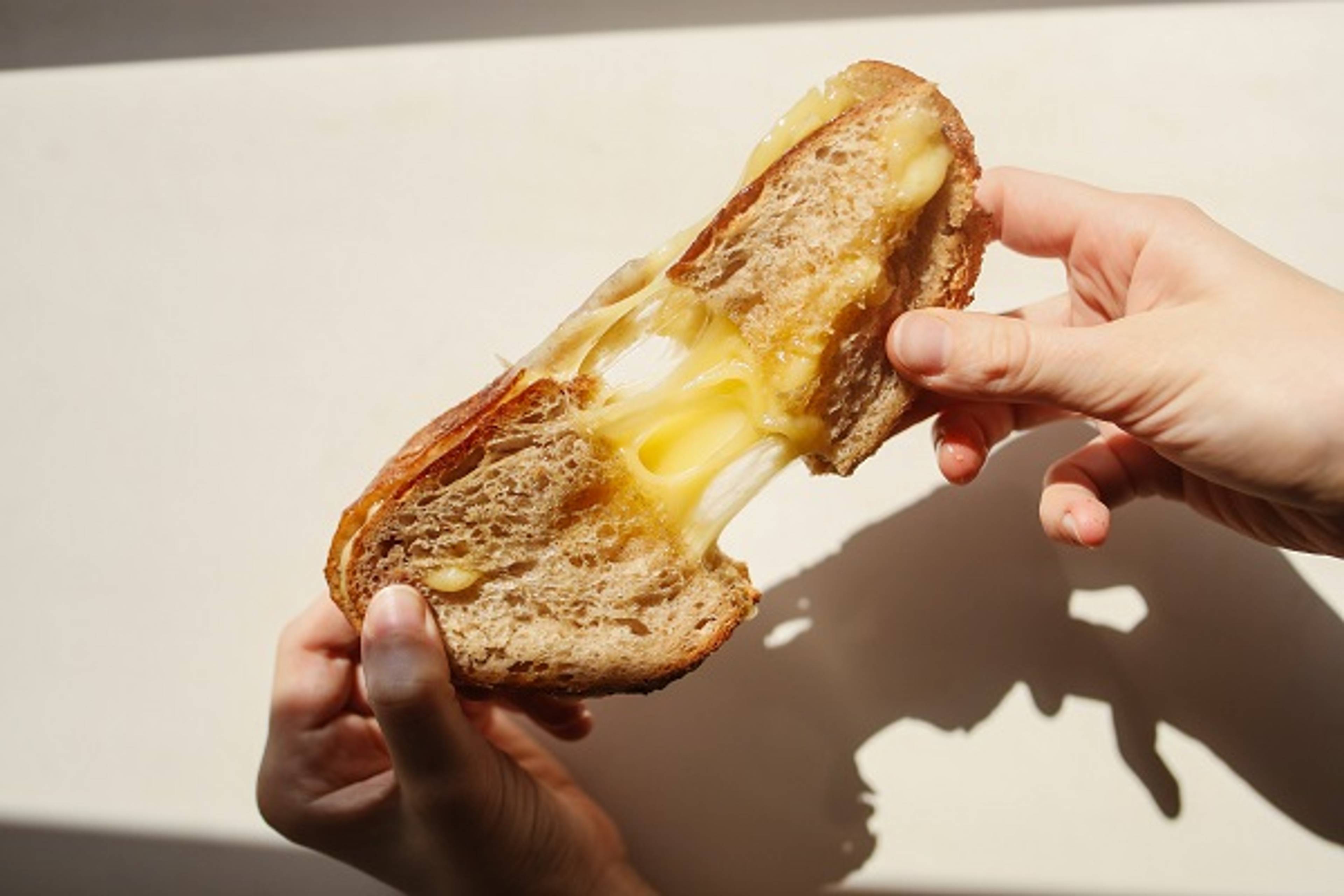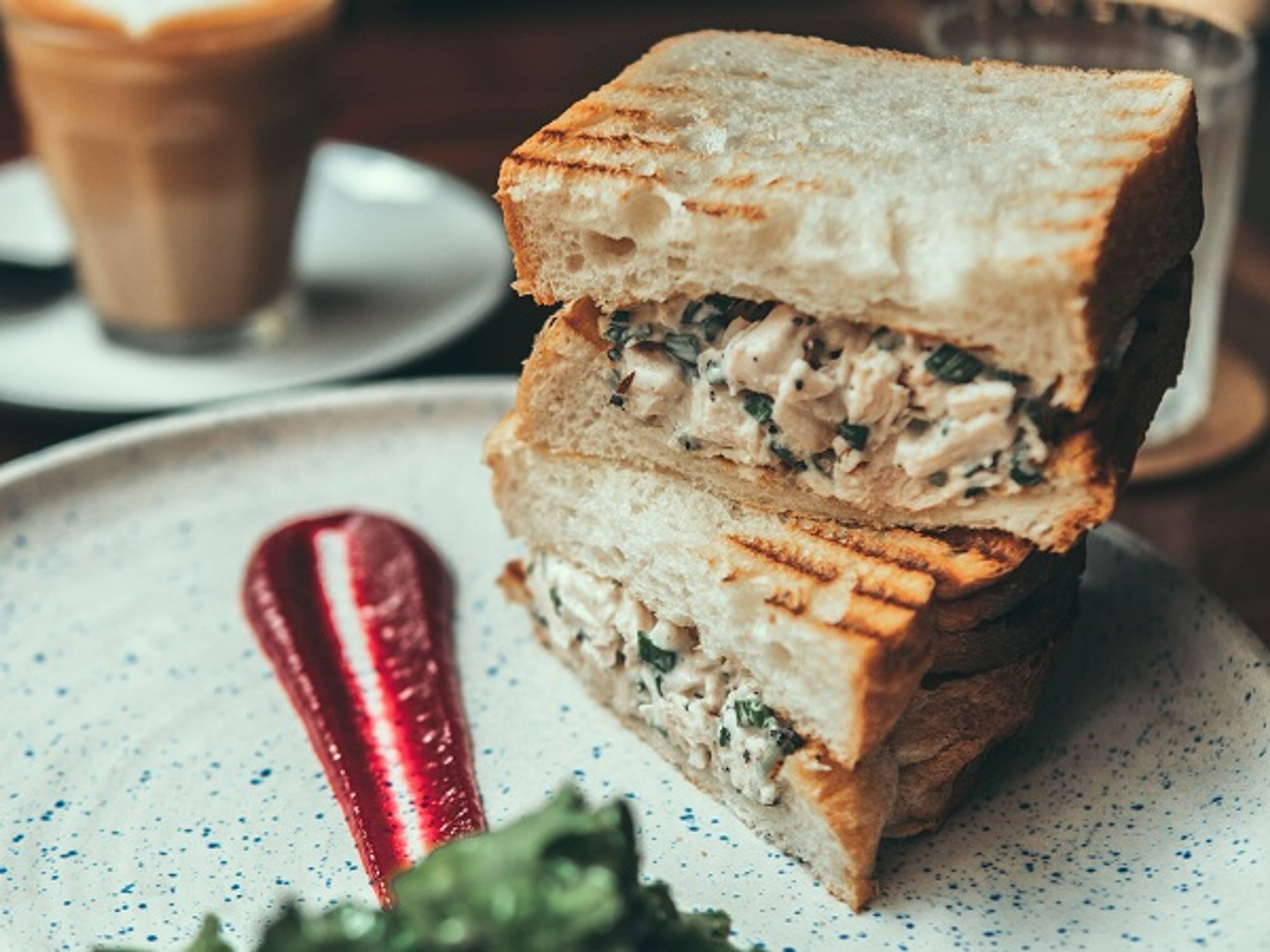Who Invented the Sandwich?
The History of the Sandwich
Some bread, a savory or sweet filling, and your favorite condiments: Sandwiches are a classic go-to for a reason. They’re the perfect lunch—as light or as heavy as you wish—and their portability has made them a favorite for picnickers, backpackers, and lunchbox-toting children (and their parents).
But what exactly do we mean when we call something a sandwich? Is there a proper definition of a sandwich? And where are sandwiches from? Grab a slice of bread and read on.

What Is the Definition of a Sandwich?
The Origins of the Sandwich
So, what year was the sandwich invented? While historians don’t have a date for the invention of the sandwich or specific information on who invented the sandwich, we know that sandwich-style eating has been around since at least the first century BCE. An early record of this is found in the Haggadah, which tells the story of the Jewish people’s exodus from Egypt and is the guidebook for the Passover seder. The text notes how rabbi and scholar Hillel the Elder made sandwiches using lamb, bitter herbs, and matzah, a type of unleavened bread similar to a cracker.
This record meshes with the long history of Middle Eastern and Mediterranean cuisines featuring meats and other foods on flatbreads—a predecessor to pizza as well as a variation on the sandwich.
This record meshes with the long history of Middle Eastern and Mediterranean cuisines featuring meats and other foods on flatbreads—a predecessor to pizza as well as a variation on the sandwich.
John Montagu, 4th Earl of Sandwich
Why is a sandwich called a sandwich? Though we may not be able to credit anyone as the original sandwich inventor, John Montagu, 4th Earl of Sandwich, is the lucky fellow the sandwich was named after.The first known use of the word *sandwich* was found in a November 24, 1762, diary entry by the English historian Edward Gibbon. He writes about seeing men eating “a bit of cold meat, or a Sandwich,” with the uppercase S implying this is from someone’s name.
In the early 1770s, French writer Pierre-Jean Grosley wrote of a scene at a gambling table featuring Sir Sandwich: “A minister of state passed four and twenty hours at a public gaming-table, so absorpt in play, that, during the whole time, he had no subsistence but a bit of beef, between two slices of toasted bread, which he eat [sic] without ever quitting the game. This new dish grew highly in vogue, during my residence in London; it was called by the name of the minister, who invented it.”
While it’s not clear whether the anecdote was true, it did set the association between this convenient meal and the Earl of Sandwich. (The family doesn’t seem to mind—in fact, the current Earl of Sandwich agreed to license his title to a sandwich chain. The word sandwich was used in a British cookbook for the first time in 1773, and in American cookbooks in 1816.
Popular Types of Sandwiches
While the classic meat-on-bread sandwich is how this concoction began, it’s come a long way since John Montagu sat nibbling on one while gambling. Today, sandwiches come in infinite varieties (see also: the fluffernutter and “The Elvis,” a concoction of peanut butter, banana, and bacon, favored by Elvis Presley). But there are a handful of classics that we turn to time and time again:

1. Peanut Butter and Jelly

2. Grilled Cheese

3. Tuna Salad Sandwich
